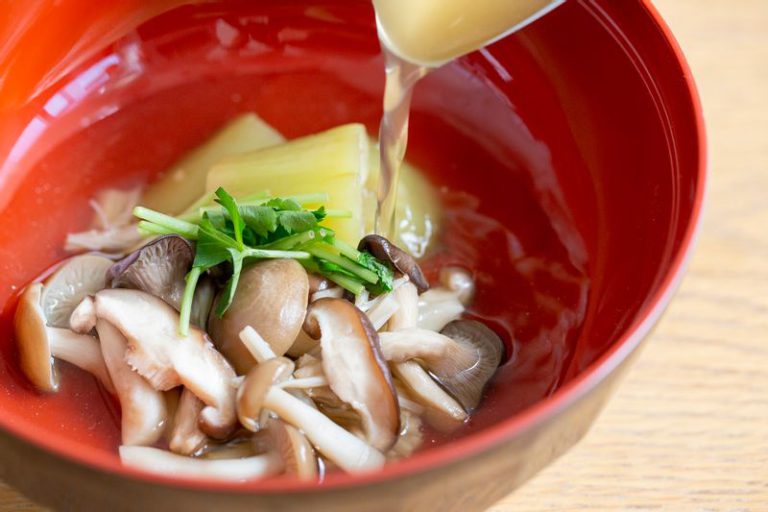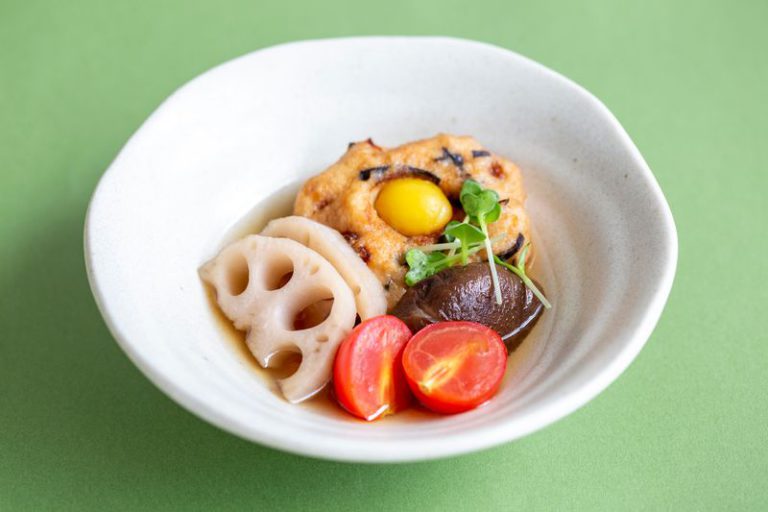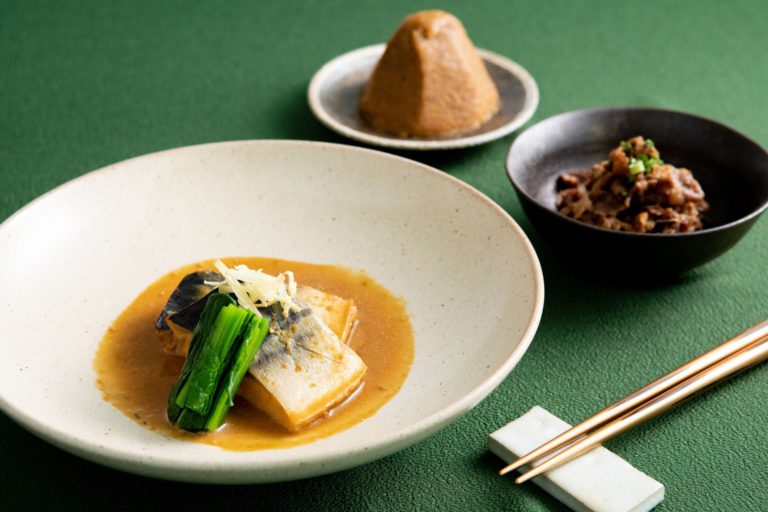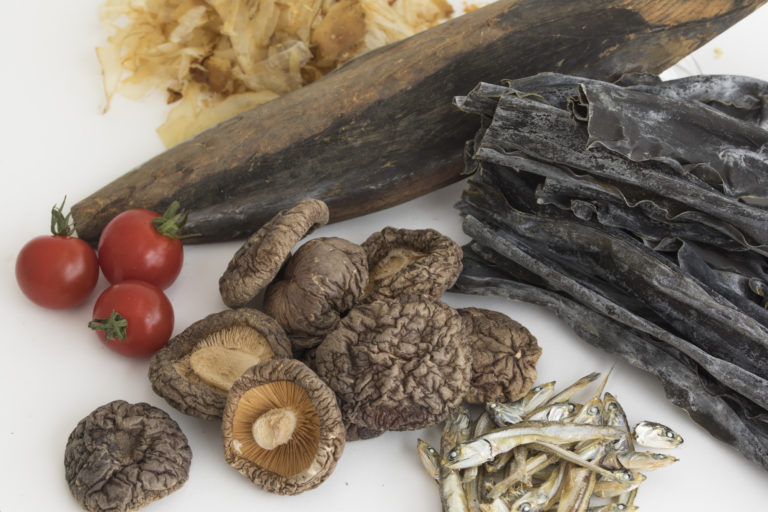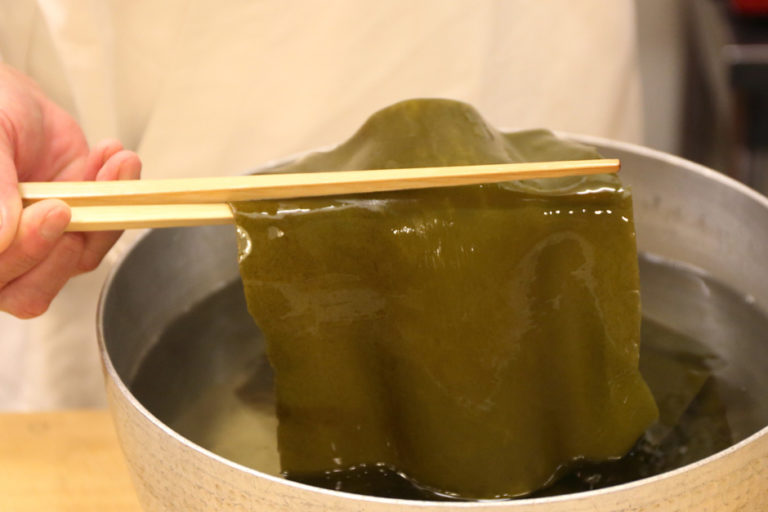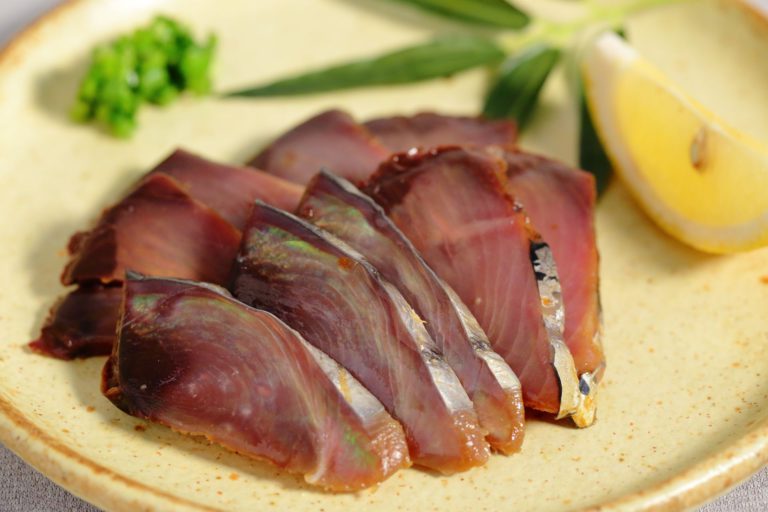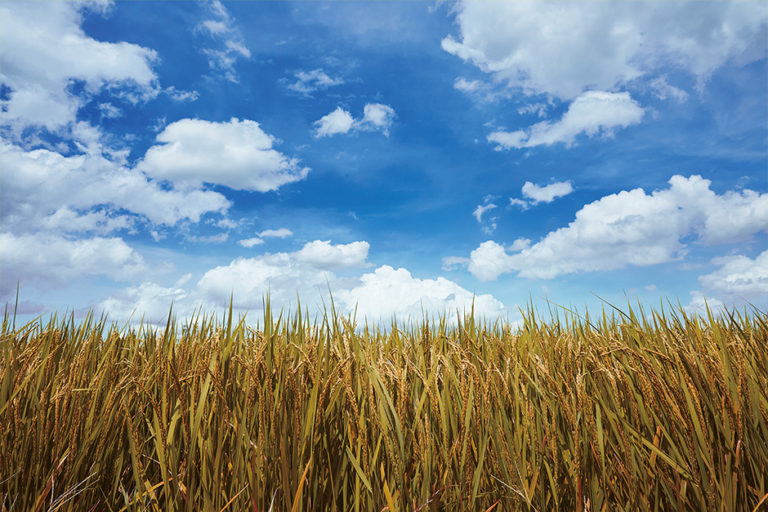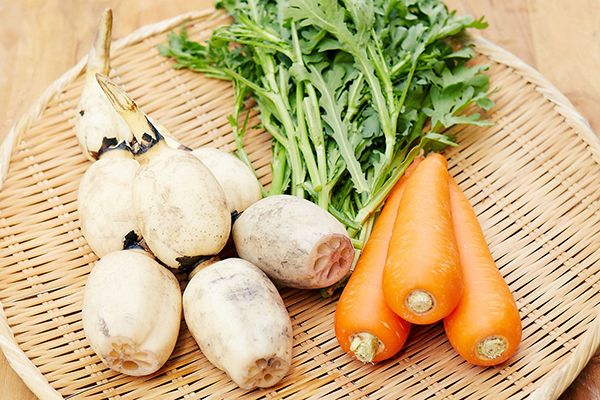Japanese Food Culture, Washoku, Based on Dashi and Umami
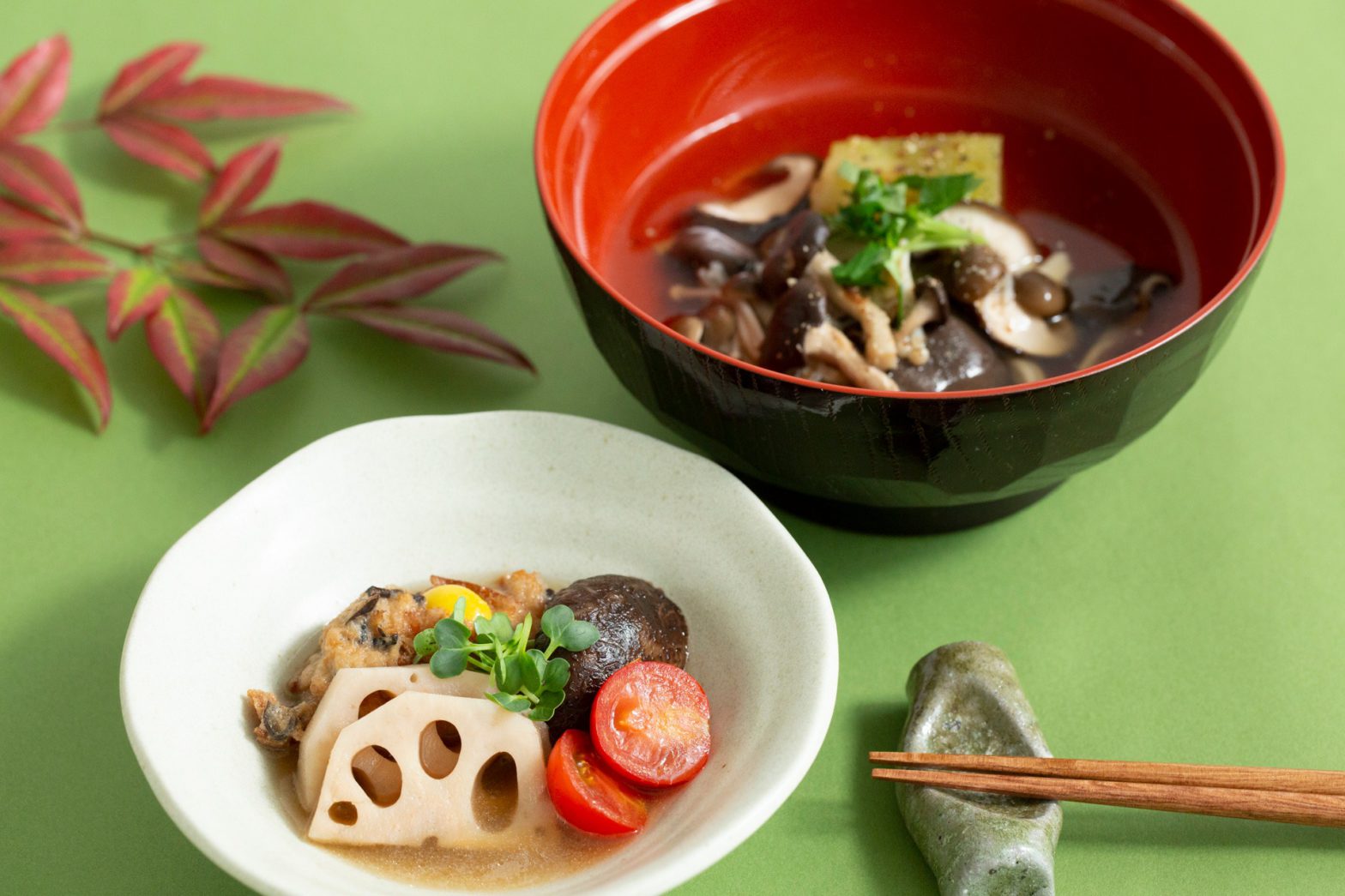
Four unique traits that support Washoku as recognized by UNESCO
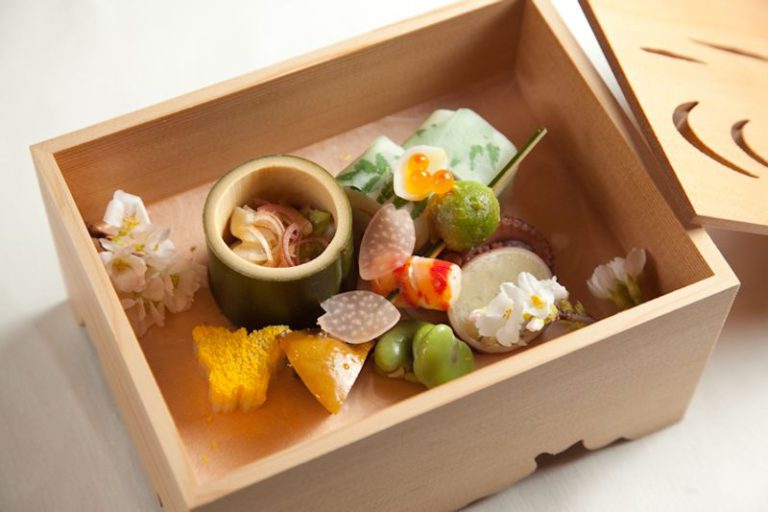
In 2013, Washoku, Japan’s traditional dietary cultures, was registered on UNESCO’s list of the Intangible Cultural Heritage of Humanity as being both traditional and unique. It is the fifth entry related to food, joining French gastronomy, Mediterranean cuisine, and others.
Washoku, registered as a UNESCO Intangible Cultural Heritage of Humanity, has the following four distinctive features.
1. Respect for varied and fresh ingredients and their natural flavors
2. Nutritional balance that supports a healthy diet
3. Representation of natural beauty and seasonal changes
4. Close association with the Japanese New Year and other annual events
Japan, which stretches from north to south, is a country surrounded by luxuriant natural environments, and the foodstuffs and cooking methods unique to each region are deeply rooted. Since the nation’s basic dietary style is based on soup, rice, and three dishes, it provides a good balance of nutrients. A diet low in animal fats and oils promotes longevity and prevents obesity.
In Washoku, nature and the changing seasons are also represented in a unique way. The dishes are garnished with fresh flowers, and the patterns and colors of the tableware are designed to reflect the season. These customs are closely tied to annual events and are passed on to succeeding generations through family and communities.
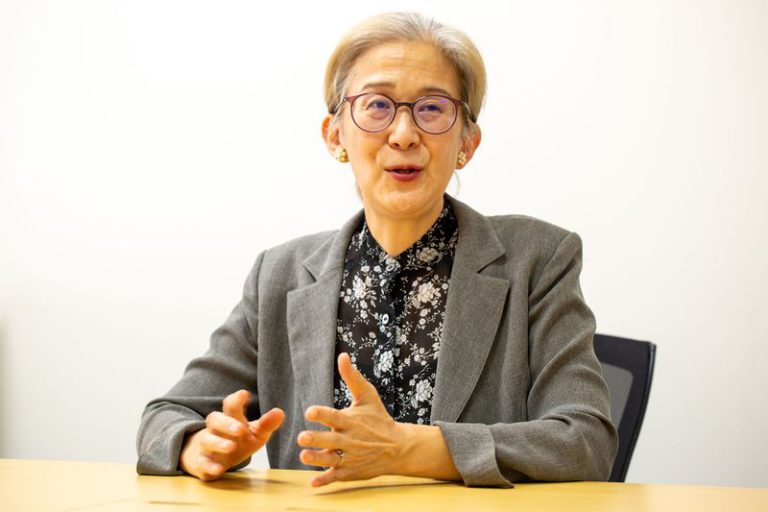
How did Washoku take root in the lives of the Japanese? According to Associate Professor Nami Fukutome of the Department of Food Sciences, Faculty of Health and Nutrition, Tokyo Seiei College, it was established as a result of Kyoshoku (communal dining).
She explains, “The word Kyoshoku means sharing a meal with family and friends in the community. Since ancient times, people have shared the events of the day and local customs and traditions around the dining table. It is believed that over the years, various food cultures unique to each region have taken root in various ways. The food offered to the gods is called Shinsen, and eating such food is called “Shinjin kyoshoku,” which means sharing the same food with the gods. Many foods related to certain events have such meanings.”
Dashi, forming the base of Washoku, contains many ingredients that produce umami sensations. The combination of umami components extracted from kelp, dried bonito flakes, and dried sardines, among others, produces a flavor not found in the bouillon used in French cuisine or the Tang contained in Chinese cuisine.
“Japanese dashi made from kelp and dried bonito flakes is notable for its high umami content and lack of components that can detract from the broth’s flavor. This makes it possible to accentuate the ingredients’ natural flavors simply,” says Associate Professor Fukutome.
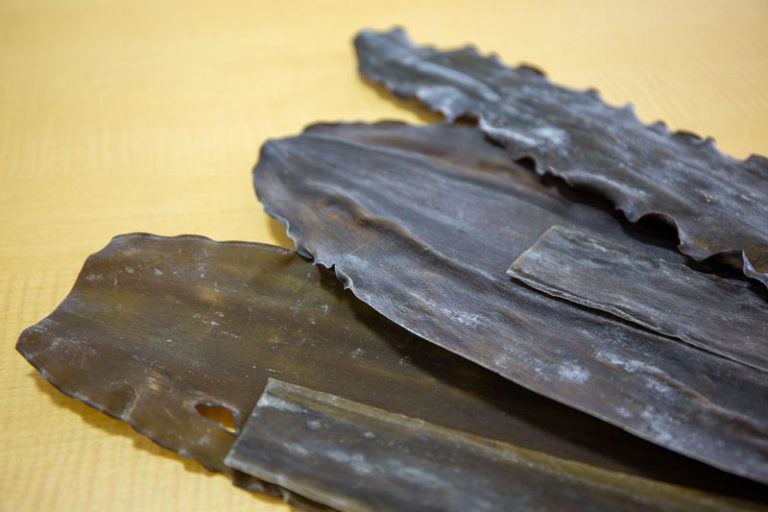
By the Edo period (1603-1867), references to dashi began to appear in cookbooks. It is said that kelp harvested in Hokkaido was highly prized as a trading commodity and was transported from Hakodate to Toyama, Fukui, Osaka, Sakai, and other areas on cargo ships, and then to the Ryukyus and China. It is thought that this historical background explains why kelp dashi is so commonly used in the Kansai region today.
Meanwhile, bonito dashi developed in Edo. One theory suggests that this is because high-quality kelp could not be distributed as far as Edo and partly because the water in the Kanto region was too hard for kelp alone to produce good dashi.At the time, the bonito flakes manufacturing method was introduced from Tosa (Kochi) to Kagoshima, Wakayama, Shizuoka, and other areas along the Pacific Coast in the cultural sphere of the Kuroshio current(Japan current).
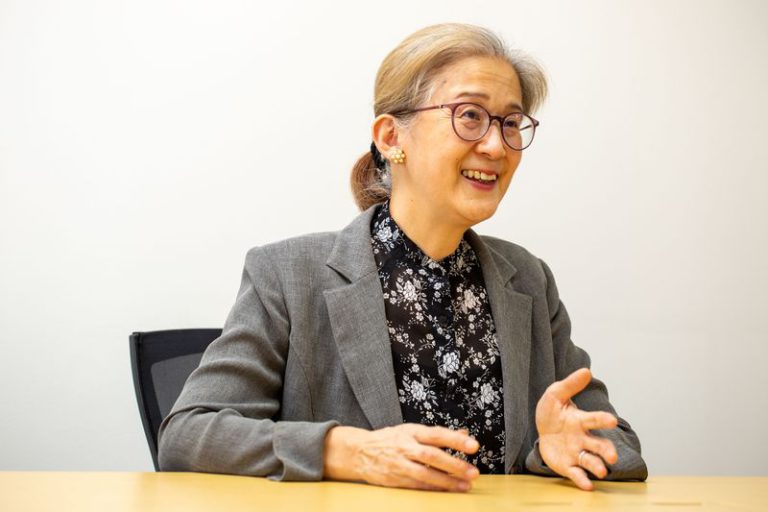
It is also interesting to note that each region developed its unique dashi culture, making the most of local products. Dashi made from flying fish is called Ago Dashi, and grilled goby in Miyagi Prefecture and grilled shrimp in the northern part of Kagoshima Prefecture are used to make dashi for Zoni (cooked rice cakes in soup). Silver-stripe round herring dashi is used only in the Shimanto River basin in Kochi Prefecture. Associate Professor Fukutome attributes the diversity of Washoku to our ancestors’ quest for umami.
She explains, “Japanese cuisine involves a wide variety of cooking methods that use water, taking full advantage of the ingredients’ umami. This is evident in the variety of names given to each simmered dish, steamed dish, soup, hot pot and the like. The culture of the Japanese sword also led to the development of knife-making and the art of cutting. The diversity of Washoku is reflected not only in the ingredients but also in the variety of cooking methods and utensils used.”
Washoku's potential, as yet unknown to the Japanese
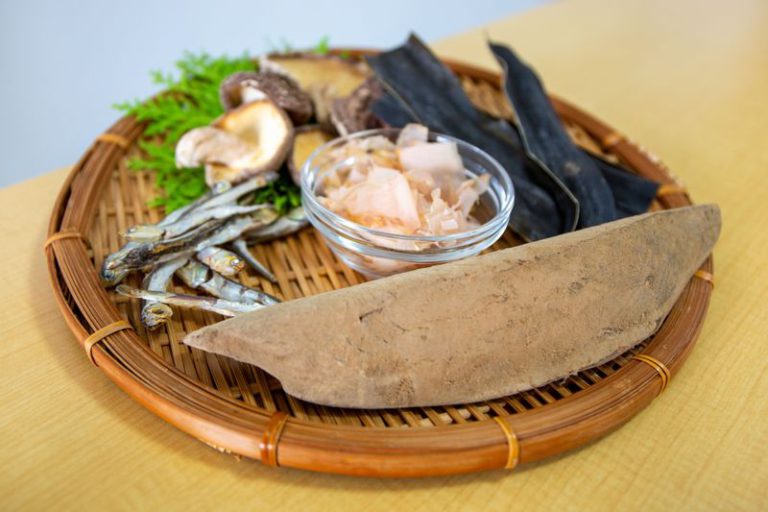
The synergy of umami cannot be ignored when discussing the magic of dashi. It has been scientifically proven that combining glutamic acid and inosinic acid, two typical umami compounds, can make umami taste up to seven to eight times stronger than if used alone. A good example is dashi made from kelp and bonito flakes. A similar synergy can also be expected from the combination of guanylic acid from dried shiitake mushrooms and glutamic acid from kelp, as seen in the dashi for Buddhist vegetarian dishes. In addition, the aroma of each of the ingredients distinguishes the dashi.
According to Associate Professor Fukutome, in addition to its synergy, umami also has salt-reducing and saliva secretion effects.
“It is said that sweetness, the deliciousness of fats and oils, and umami produce a rewarding effect in that repeated eating causes people to become fixated on the taste and want to eat it again. Looking at students’ eating habits, I feel that an increasing number of them prefer a Western-style diet that is rich in meat and fats, but I think we need to be careful in terms of energy overload and nutritional balance. In this respect, Washoku menus based on umami-rich dashi that combine a variety of plant foods such as vegetables, legumes, seaweed, and mushrooms with fish and seafood to create a delicious meal, are superior in terms of nutritional balance. It is also known that umami has the effect of stimulating the secretion of saliva. Some say that the gradual secretion of saliva moistens the mouth and is effective in relieving dry mouth syndrome.”
Associate Professor Fukutome is seeking to open up the potential of Washoku not only in terms of health benefits but also in terms of the less-meat diet. The concept of the less-meat diet is to reduce the environmental impact of meat consumption by switching to a plant-based diet. It also involves choosing meats with less environmental impact and eating seafood instead of meat. Washoku menus are a perfect fit for the future of food, in which instead of prohibiting meat consumption in order to preserve and pass on food cultures, a tasty, healthy, and sustainable diet is followed.
Associate Professor Fukutome says, “Less-meat diet may be an unfamiliar term in Japan, but it is a concept that has already been put forth as a dietary guideline in EU countries. Washoku, which traditionally uses less livestock meat, is highly compatible with the less-meat diet. We are striving to disseminate information so that the benefits of the less-meat diet and Washoku are recognized domestically and internationally.”
Six basic dashis produced by Japan's climate
Washoku Japan is a general incorporated association formed in response to Washoku’s submission to UNESCO for registration as an Intangible Cultural Heritage of Humanity. Its members include producers, food manufacturers, and food service providers, working daily to preserve and pass on Washoku culture.
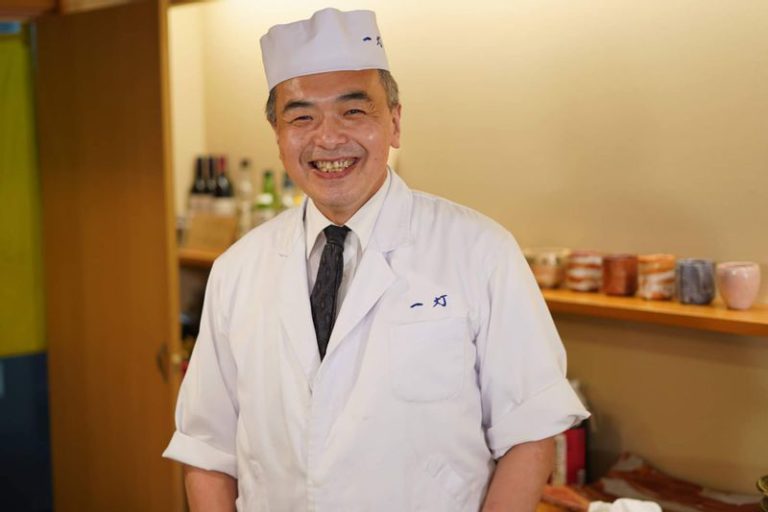
Hayahisa Osada, who belongs to the association’s Skill and Wisdom Committee, is a chef who runs Itto, a Japanese restaurant in Hekinan, Aichi Prefecture. He also focuses on local food education by utilizing ingredients from Minami-Mikawa and various dashi broths in pursuit of the ideal flavors. We asked Mr. Osada, who said, “If the ingredients change, the umami changes as well,” how to make typical dashi.
Kelp dashi
Cook dried kelp in 60°C water for about 60 minutes. In the past, the standard method was to “soak the kelp in water overnight” or “simmer it at a low temperature until your fingernails sink into the surface of the kelp,” but today, this new method seems to be gaining popularity. It produces light, elegant-tasting dashi.
Ichiban dashi
After removing the kelp from the kelp dashi made according to the above method, heat the water. When the water reaches about 80–90°C, turn off the heat and add dried bonito flakes. Once the dried bonito flakes have sunk to the bottom, strain it through a colander or kitchen paper. It is suitable for soup or Dobin mushi (soup served in an earthenware teapot) because of its aromatic flavor.
Niban dashi
While ichiban dashi is aromatic, niban dashi emphasizes flavor. Reuse the dashi scraps of kelp and bonito flakes that were used to make ichiban dashi. Put the dashi scraps in a pot of water and heat, simmer for 15 to 20 minutes, and then remove the scraps. It can be used in simmered dishes, stir-fried vegetables, and the like, as it has an intense umami flavor.
Iriko dashi
Rehydrate iriko (dried Japanese anchovy) in water and heat the stock to 70–80°C. Keep the temperature at this level and simmer for 10–15 minutes. Removing the entrails of the dried sardines will produce a purer flavor. It has a strong umami taste, so that it can be used for noodle dipping sauces. Iriko dashi is well-established in Hekinan, and we used to use the scraps in miso soup.
Vegetable dashi
Put onions, carrots, napa cabbage, tomatoes, mushrooms or the like in a pot and heat over medium heat, starting with cold water. 30 minutes of simmering will give the dashi a gentle flavor. Keeping the outer skin and stems intact will give the dashi a richer flavor. Use this dashi in meat dishes. If you do not have a variety of vegetables, you can add kelp or sake to compensate for that.
Shojin dashi
Put dried shiitake mushrooms in a pot of water and soak for 5 hours. Add kelp and Kiriboshi daikon to the pot, heat, and simmer at 60–70°C for 20 minutes. The aromatic dashi derived from shiitake mushrooms is ideal for simmering vegetables and fish.
From these basic dashi broths, Mr. Osada shared with us recipes for simmered green eggplant and mushrooms using ichiban dashi and Takiawase, a combination of ganmodoki (fried tofu fritter), shiitake mushrooms, and lotus roots cooked in shojin dashi. We hope you will enjoy the richness of dashi produced by the climate of Japan.
Mr. Osada has been a chef for over 30 years, but he says his approach to dashi has changed in the last few years. He increasingly uses single-ingredient dashi in his cooking since he understands the synergies of umami taste.
Mr. Osada comments, “My theme is ‘how to make the best use of the ingredients’ flavors.’ I used to use a lot of awase (combination) dashi with kelp dashi. For example, I would add iriko dashi to kelp dashi to stabilize the flavor. Chefs use this classic technique, but it inevitably kills iriko’s distinctive character. Then, why not push the flavor of iriko to the forefront? Once I started thinking this way, I broadened my cooking range.”
Mr. Osada’s attitude is also a manifestation of Washoku’s potential. At first glance, Washoku may seem challenging to prepare, but it is exactly because of its flexibility that it took root as part of Japan’s culinary culture. Osada also encourages Washoku novices, saying, “The 1.5-ban dashi made from ichiban dashi is versatile.”
It has been about ten years since Washoku was listed as a UNESCO Intangible Cultural Heritage of Humanity. Why not take this opportunity to re-examine the depth of Washoku?

